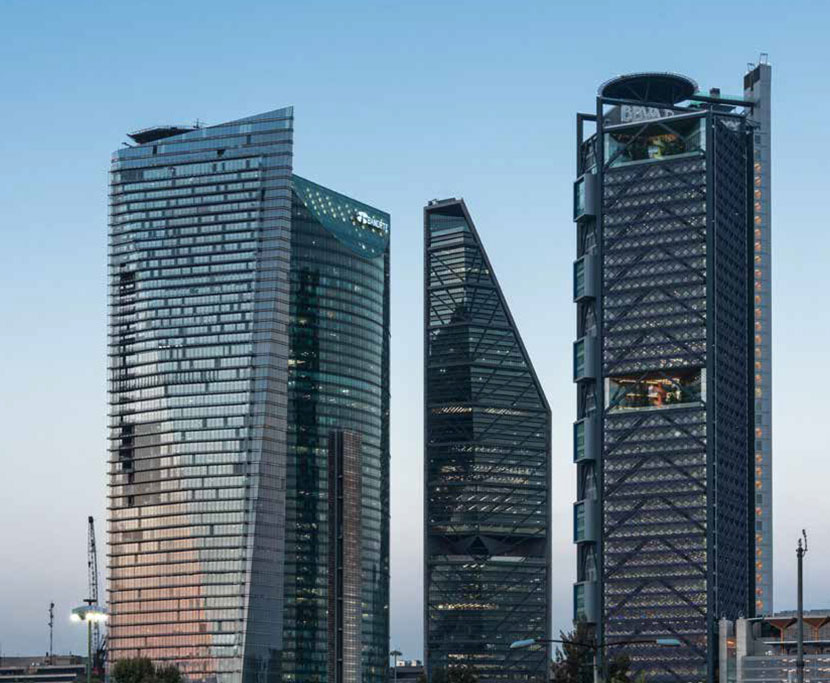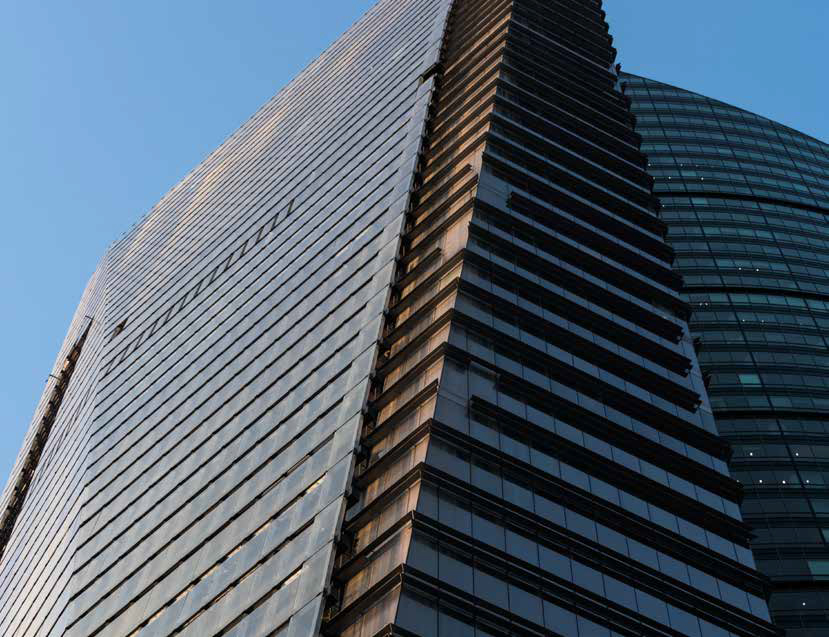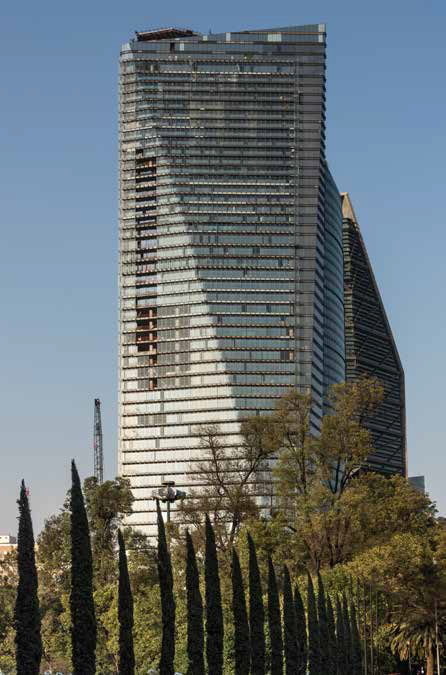ADVANCED INTERLAYER SOLUTIONS



Mexico City has a new landmark! On the Paseo de la Reforma – one of the best-known boulevards in Mexico City – stands the new Chapultepec UNO R509, now one of the tallest buildings in Mexico.
Located near the midpoint of the boulevard, close to Chapultepec Park and the famous castle that looks down on it, Chapultepec UNO R509 offers its visitors, inhabitants and office workers panoramic views, not only of the surrounding woods, but also of the southern, western and northern parts of the city ― from all of its floors.
The Paseo de la Reforma (Promenade of the Reform) was modelled by its designer, Ferdinand von Rosenzweig, on the great boulevards of Europe, such as the Champs-Élysées in Paris. Running diagonally across the heart of Mexico City, today the Reforma is filled with tourist attractions, luxurious restaurants and hotels, office buildings, public art exhibitions, and new construction, and it has become a traditional place for Mexicans to celebrate, with the Angel of Independence roundabout being a traditional place for the celebration of the victories of the national football team, mostly during World Cups.
The 58-story mixed-use development comprises class A offices, eight levels of private residences, the 153-suite Ritz-Carlton Mexico City Hotel and a double-height Sky Lounge. In addition to its 27,000 m² (290,625 ft²) of leasable office spaces, the building has a spectacular Motor Lobby, with robotic underground parking and valet service and a wide variety of amenities across two floors ― shared by owners and hotel residents ― including restaurants, a gym, meeting rooms and cafeteria.
As befits most contemporary architectural projects across the globe, the development exploits large arrays of glass, not only to let in as much natural light as possible but also to deliver unobstructed views out. Due to best industry practice and functional requirements, this glass is heavily dependent on lamination technology, especially SentryGlas® ionoplast interlayers from Trosifol.
“Glazing proved to be an essential element of this project,” explains Arturo Leon, Architect at Taller-G. “Interestingly, the first iteration of the design had an exposed self-supporting structure on the outside, with minimal glazing, but the design soon evolved into what it is now ― a crystalline building with the absolute minimum of external structural features. As a result, the glazing became the single most important element of the façade.”
“SentryGlas® was considered the most suitable interlayer for the building façade. Its significantly better stiffness and outstanding post-breakage performance, compared to other interlayer materials, allowed us to use far less obtrusive supports. Indeed, some of the larger glass panels we designed would not have been possible with a standard PVB.”
Applications
Region
Interlayer
Architect
Laminator
Glazing Contractor
Engineer








Keep up with the very latest news in laminated glass innovations and procedures by subscribing to our free Laminated Glass News.
Subscribe here